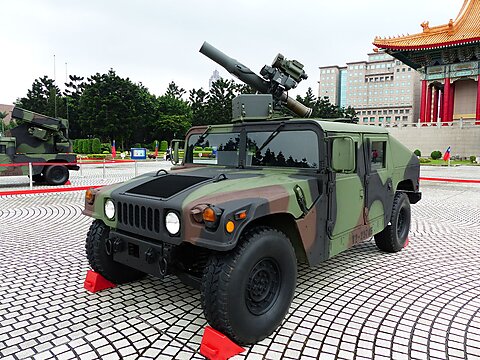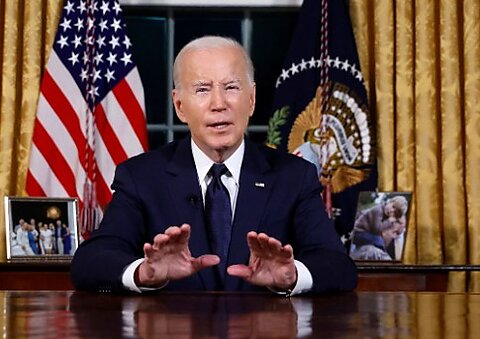Is the United States “losing” from international trade? Does globalization harm American workers or lead to a “race to the bottom” for the world’s poor? Are we really “de‐globalizing” today? I recently sat down with John Stossel to discuss these and other popular myths, as well as the Cato Institute’s Defending Globalization project. The result of our conversation is this great new video from Stossel TV:
All of the data cited in the video, and plenty more, can be found at the Defending Globalization webpage.









